These National Parks Are Crushing Taxpayers with Sky-High Entrance Fees

National parks are America’s natural treasures, but visiting these breathtaking landscapes isn’t as affordable as it once was. Over recent years, entrance fees at many popular parks have skyrocketed, putting a strain on family budgets and limiting access for everyday Americans.
While conservation efforts require funding, many taxpayers are questioning if these beloved public lands are becoming playgrounds only for those who can afford steep admission prices.
1. Yellowstone’s Wallet-Draining Welcome

Visiting America’s first national park now costs a whopping $35 per vehicle for a 7-day pass. For families already spending hundreds on gas and accommodations to reach this remote Wyoming treasure, this fee feels like highway robbery. The price has jumped nearly 75% since 2015, far outpacing inflation.
Many visitors don’t realize that once inside, they’ll face additional costs for activities and specialized tours. Local businesses near park entrances report fewer budget-conscious travelers stopping by their shops and restaurants.
Some families now limit their visit to just one day to avoid paying for multiple days, missing many of Yellowstone’s scattered geothermal wonders.
2. Grand Canyon’s Grand Price Tag
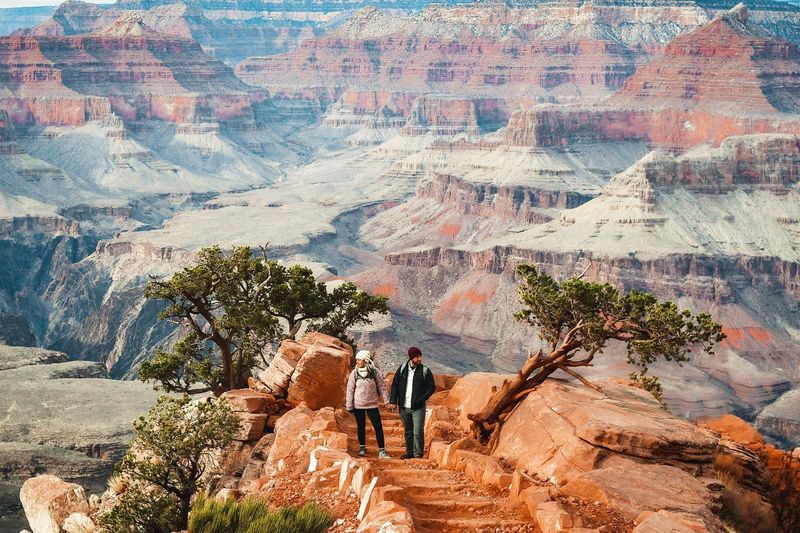
Staring into this magnificent Arizona chasm now requires $35 per vehicle, a steep increase from the $25 charged just a few years ago. Many visitors express shock when arriving at the entrance gates, having budgeted based on outdated information.
Families planning multi-park vacations find these fees quickly add up, sometimes exceeding $150 just for park entries. The South Rim, the most accessible and popular section, sees the heaviest traffic and longest entry lines despite the high fees.
During peak summer months, visitors often wait over an hour at entrance stations, burning precious vacation time and gas while idling in the desert heat – adding insult to injury after paying premium prices.
3. Yosemite Valley’s Visitor Shake-Down

If you’ve dreamed of gazing up at El Capitan or feeling the mist from Yosemite Falls, prepare to shell out $35 for the privilege. This California gem implemented a reservation system during the pandemic that required additional fees and planning, creating another barrier to spontaneous visits.
Many locals who once enjoyed frequent weekend trips now limit their visits due to the combined cost of gas and entrance fees. The park also charges premium rates for camping spots, with some sites requiring reservations months in advance.
Though public transportation options exist, the YARTS bus service adds another expense, and many visitors find themselves paying both for parking and entrance fees when bus schedules don’t align with their travel plans.
4. Zion’s Zapping of Family Budgets

Utah’s crown jewel demands $35 per vehicle, but the hidden costs don’t stop there. Mandatory shuttle use during peak season means visitors pay the entrance fee without even having the freedom to explore in their own vehicles. Parking outside the park in nearby Springdale can add another $20-30 daily.
The increasing popularity of this red-rock wonderland has led to unprecedented crowding, with many visitors questioning if the experience justifies the price tag when trails are packed shoulder-to-shoulder.
For families hoping to hike Angels Landing, the park now charges an additional fee for permits through a lottery system, effectively creating a two-tier payment structure just to access one of the park’s most iconic trails.
5. Rocky Mountain’s High-Altitude Highway Robbery
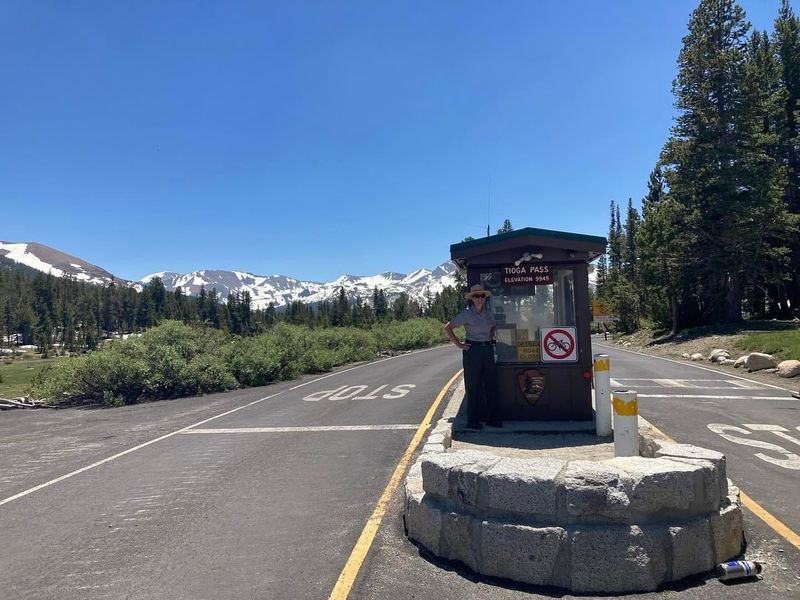
Colorado’s alpine paradise requires not only a $30 vehicle fee but also timed-entry reservations during peak season that cost extra. Families must now plan visits months in advance, eliminating the possibility of spontaneous weekend trips to see wildlife or hike mountain trails.
Winter visitors are shocked to discover that even during off-season months when many facilities are closed, the entrance fee remains nearly as high. The popular Trail Ridge Road, often the main attraction for casual visitors, is only open a few months each year, yet fees remain consistent year-round.
Nearby national forests offer similar scenic beauty without entrance fees, leading many budget-conscious locals to abandon the national park entirely despite having paid federal taxes that supposedly support these public lands.
6. Olympic’s Three-Pronged Fee Attack
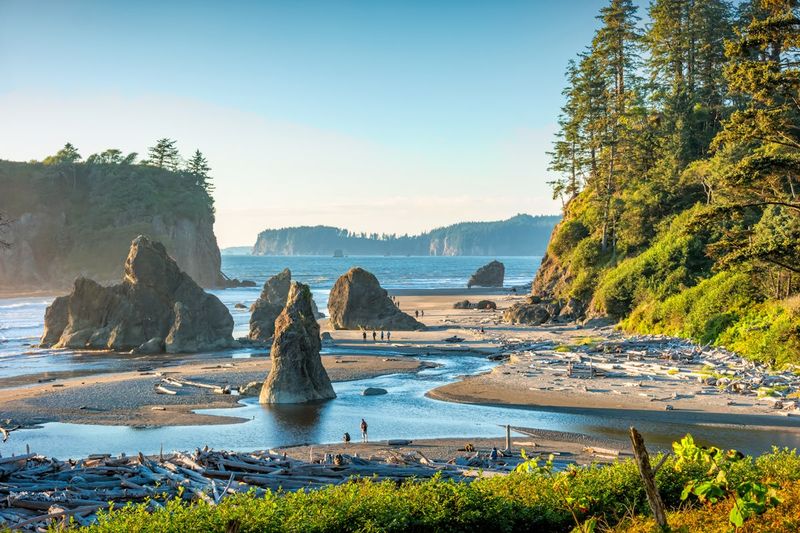
Washington’s diverse park combines mountains, rainforests, and coastline – but charges $30 to access any of them. The sprawling nature of this park means most visitors need multiple days to experience its different ecosystems, multiplying the cost impact on families.
Hurricane Ridge, one of the most popular destinations, requires an additional fee during winter months for snow recreation access. Even the remote coastal sections require displaying a paid pass, despite having minimal facilities or ranger presence.
Many visitors don’t realize that nearby national forest lands and state parks offer similar experiences at a fraction of the cost. The park’s massive size also means additional fuel costs while driving between its scattered attractions, adding to the financial burden beyond just the entrance fee.
7. Glacier’s Melting Wallet Experience
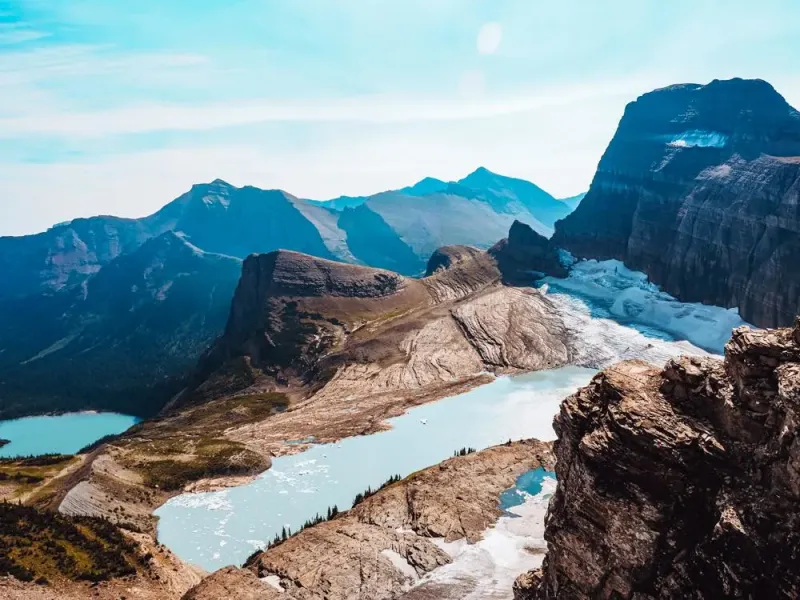
Montana’s crown jewel now demands $35 per vehicle, despite many of its glaciers receding or disappearing due to climate change. Visitors often express frustration at paying premium prices while finding parking lots full and popular trails overcrowded.
The famous Going-to-the-Sun Road, the park’s main attraction, has limited access months, yet fees remain high even when it’s closed. The mandatory vehicle reservation system implemented recently adds another layer of complexity and potential cost for visitors who miss their window.
Canadian visitors who cross the border specifically to visit the park face a double financial hit from currency exchange rates plus the high dollar-denominated entrance fees. Some travelers report spending more on park fees than on accommodations for their Montana vacation.
8. Acadia’s Coastal Cash Grab
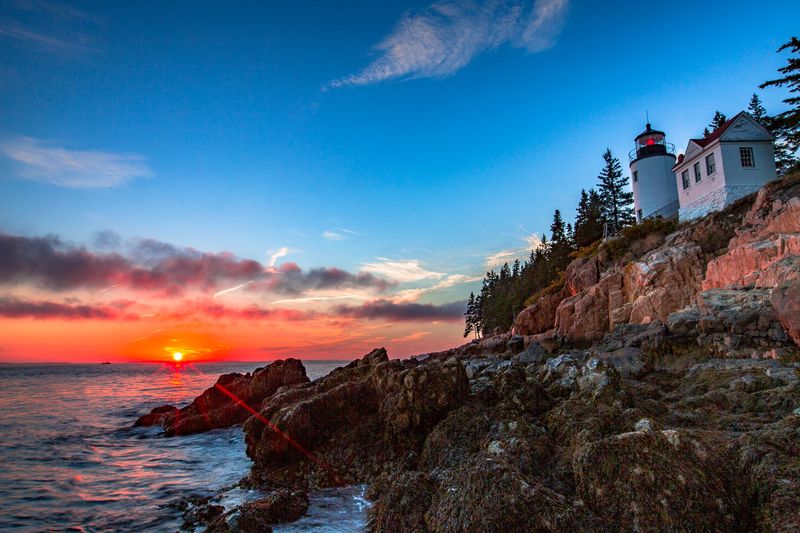
Maine’s rugged coastline park charges $30 per vehicle, a substantial increase from rates just five years ago. The fee feels particularly steep considering many of the park’s roads and lookouts are integrated with public highways and local communities.
During peak fall foliage season, visitors face both high fees and massive crowds that diminish the natural experience. Many travelers don’t realize that accessing the park’s famous carriage roads in winter still requires purchasing a pass, even when most visitor facilities are closed.
The island location means visitors have already paid significant costs in fuel and often ferry transportation just to reach Mount Desert Island. Local residents have increasingly complained that the rising fees have changed the demographic of visitors, with fewer working-class families from Maine enjoying their state’s natural wonder.
9. Arches’ Desert Price Mirage
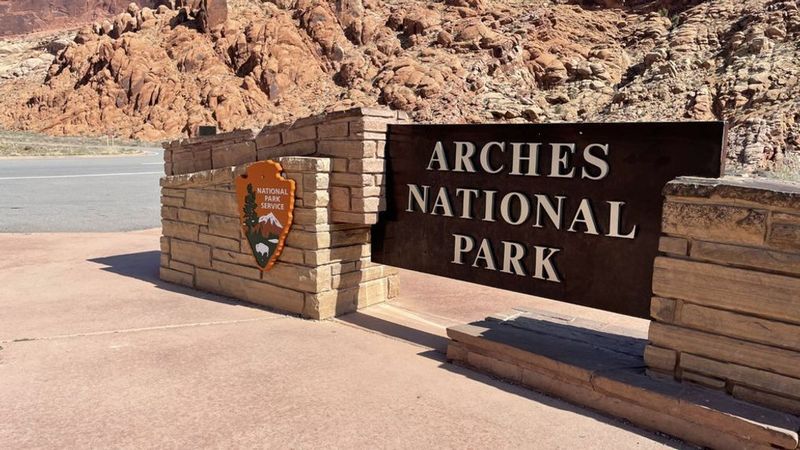
Visiting this iconic Utah landscape costs $30 per vehicle, but the real expense comes from the new timed entry system that limits flexibility and spontaneity. Many travelers driving through Moab discover they can’t enter the park without reservations made months in advance, despite having budgeted for the entrance fee.
The park’s relatively small size means visitors typically spend just 4-6 hours exploring, making the per-hour cost substantially higher than larger parks. During summer months, extreme heat limits hiking to early morning hours, yet visitors must pay full price even if usable time in the park is limited by weather conditions.
Nearby state parks and BLM lands feature similar stunning red rock formations without entrance fees, leading budget-conscious travelers to question the value proposition of the national park experience.
10. Sequoia’s Giant-Sized Fee Structure
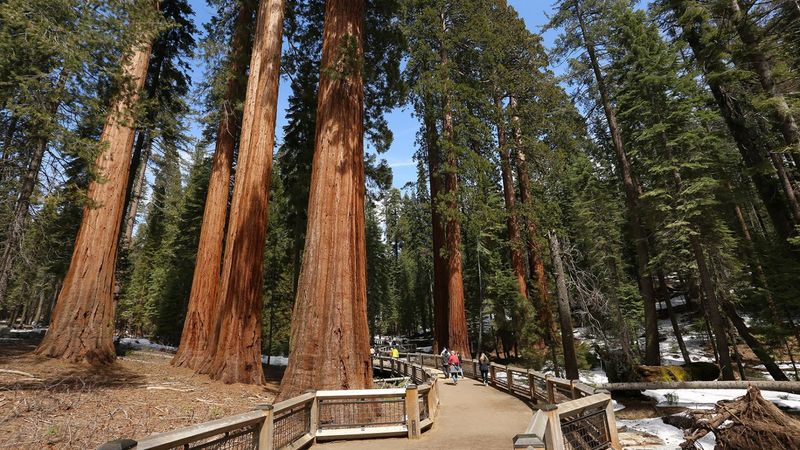
Standing among the world’s largest trees now costs $35 per vehicle, a price that has nearly doubled over the past decade. The adjacent Kings Canyon National Park requires the same fee, though many visitors don’t realize one pass covers both parks.
Recent wildfire damage has closed significant portions of the park, yet the entrance fee remains unchanged despite reduced access to key attractions. Visitors frequently report disappointment at finding limited services and closed roads after paying full price at the entrance station.
The remote location in California’s Sierra Nevada mountains means most visitors have already spent significantly on transportation before even reaching the entrance gates. Winter visitors are particularly frustrated to find the fee remains high even when snow closes many roads and trails within the park.
